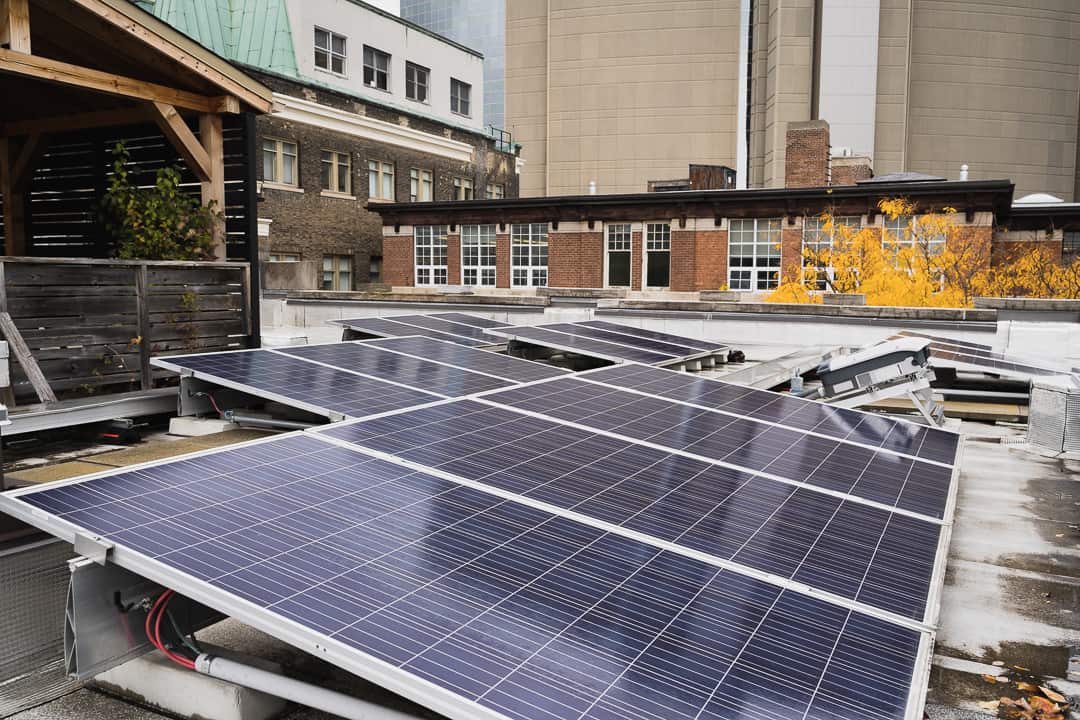As energy-related carbon dioxide emissions reach an all-time high, the need for clean energy grows dire. At the forefront of the energy crisis, solar power, when used over a few years, will be one of the most affordable options for consumers and businesses alike.
This revolutionary technology can be summarized in three steps: capturing solar energy, converting it into power, and connecting it to a grid.
Solar energy can be captured as either heat or light. The solar panels seen on cars or houses capture light and are made of millions of tiny photovoltaic cells that produce current from sunlight; when they work together, these cells can power anything from your home to the International Space Station.
For heat capturing, large mirror formations are used to concentrate light energy to a receiver, converting that energy to heat and generating steam to turn a turbine, giving the technology its name: concentrating solar power. This form of solar energy is more easily stored than the one captured from photovoltaic cells, simply because heat can be stored for longer and in larger volumes than current, making heat capturing the preferred method for large solar farms.
Once captured and converted, the solar-converted energy enters the electrical grid where it is carried over long distances through high-voltage wire systems. Transformers then convert this electricity into the low-voltage connection used in homes and businesses.
From the sun to your home, the extraordinary technology of harnessing solar power goes mostly unnoticed, and its potential is far from being achieved.


